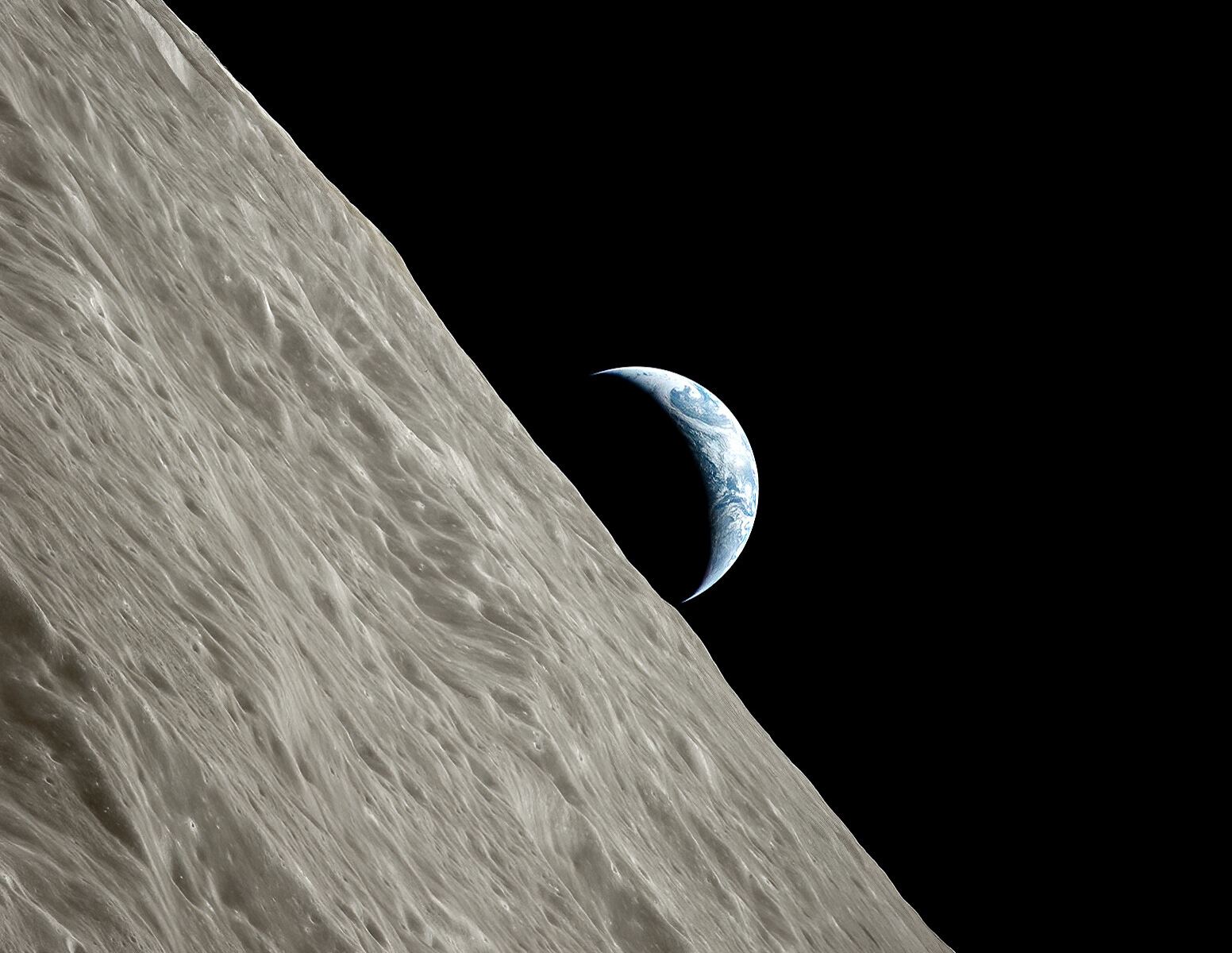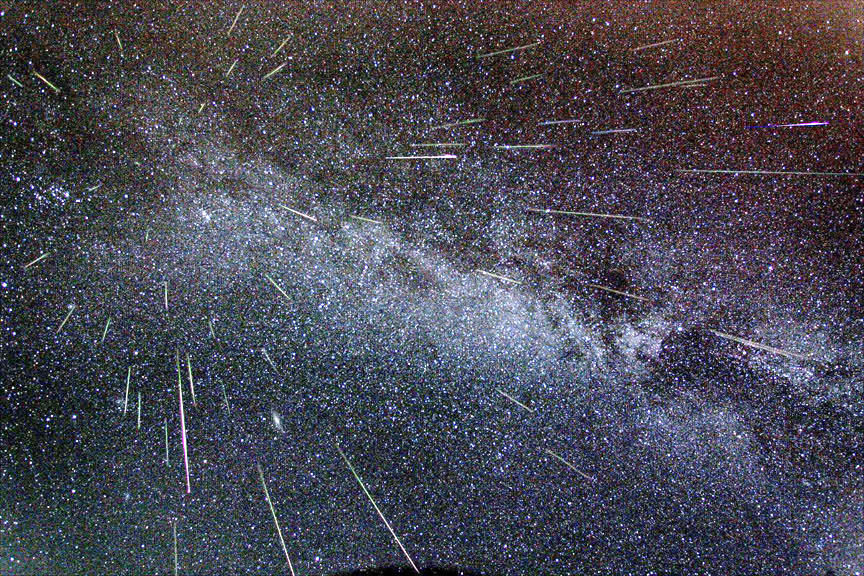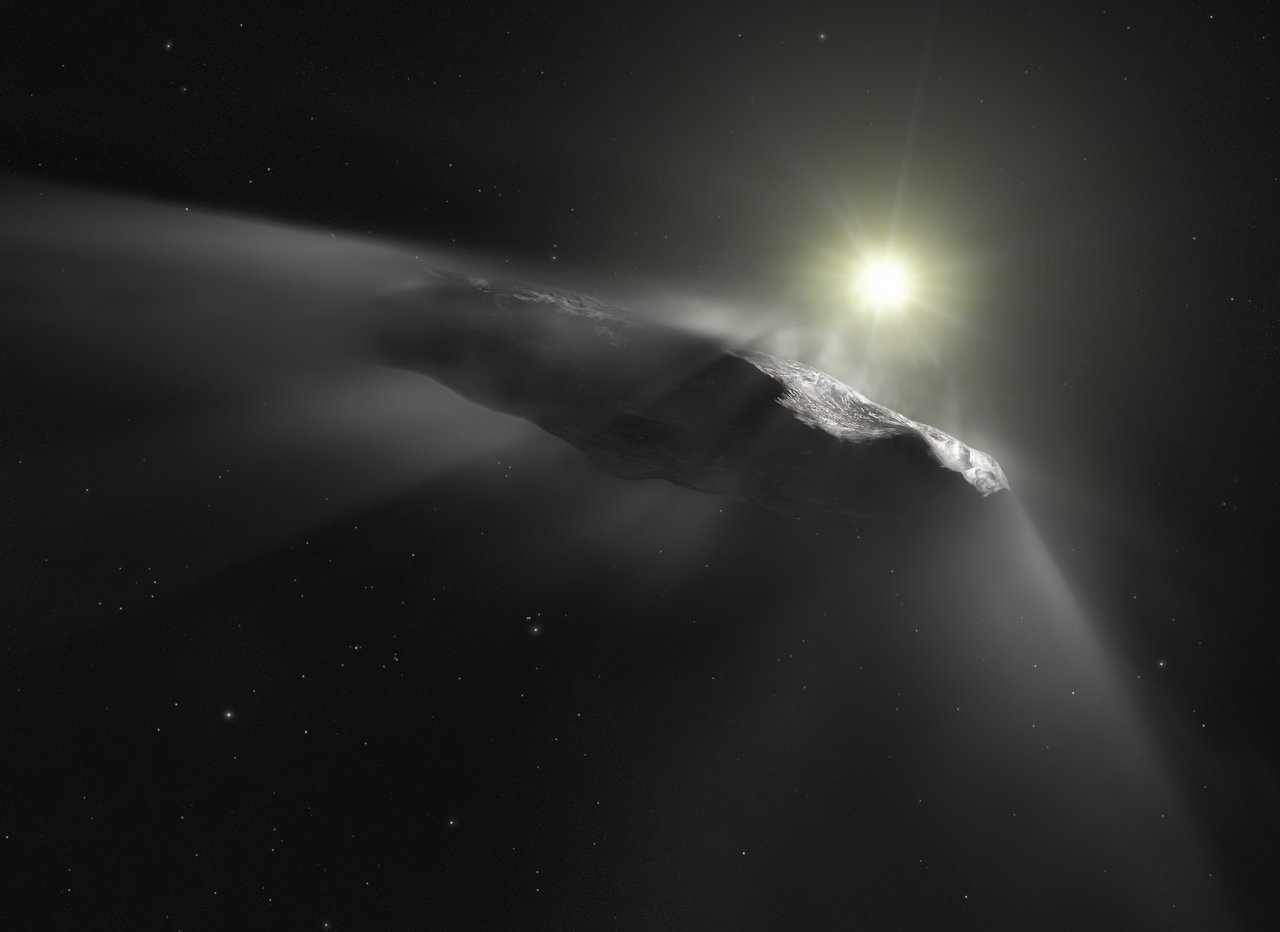Back in September, the Pan-STARRS1 survey telescope noticed an object that followed a slight but distinctly curved path in the sky, a telltale sign that it was captured by Earth’s gravity. Initially, this object was thought to be a near-Earth Asteroid (NEA) and was given a standard designation by the Minor Planet Center (2020 SO). However, the Center for Near-Earth Object Studies (CNEOS) at NASA JPL had another theory.
Based on its orbit and the way solar radiation appeared to be pushing it off course, NASA scientists have since concluded that the object might actually be the spent upper stage booster of the Centaur rocket that launched the Surveyor 2 spacecraft towards the Moon in 1966. This finding could have implications for future surveys that pick up mysterious objects near Earth (‘Oumuamua occur).
Continue reading “Earth and the Moon Might Have Captured an Old Upper Stage Rocket”


